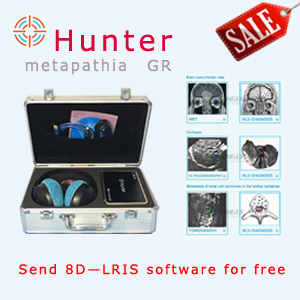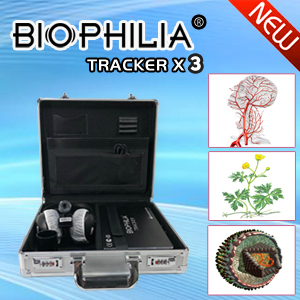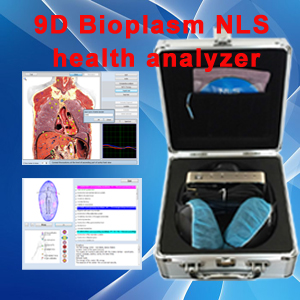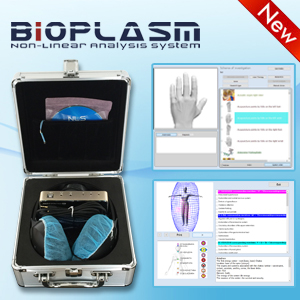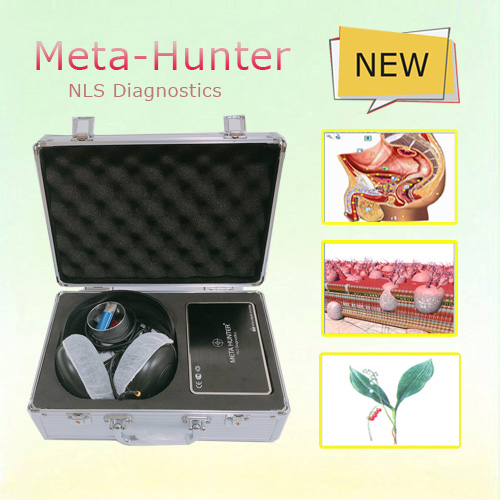The use of Bioplasm NLS diagnosis allows for routine monitoring
This study was aimed at evaluating effectiveness of NLS diagnosis in diagnosing of a stroke patient. Cerebrovascular disease is one of the leading causes of death in the UK with stroke estimated as the fourth single largest cause of death in the UK. It is estimated that 85% of all strokes are ischaemic and 15% haemorrhagic (Luengo-fernandez R etal; 2013). In the US alone 795000 patients have stroke each year.Stroke patients in the UK incur about £8.9 billion yearly with 5% of the total UK NHS costs ( Mozzafarian, 2016).It is becoming clear that the primary stroke prevention strategies are not working with the cost of stroke patient reaching a climax (saka etal; 2008). An effective strategy that minimises cost allowing for monitoring patients at risk can be utilised; Bioplasm NLS diagnosis can be an effective tool in ensuring that patients are monitored routinely.In Moscow, experiments have been going on that suggests that spectral entropic analysis method is comparable to angiography which
basically has been used for early detection of patients with vascular pathology ( Nesterov .V, 2013).
Methodology
Acase report. A48 year old man with ischaemic stroke as conrmed by doctor's report characterised by blurred vision, sudden weakness on the left side of the body, dizziness and memory loss. On close
examination his left leg and left arm was weak. There was no bleed to the brain. This device works by sending low infra-red signals of extremely low intensity to the brain via unique designed headphones.The patient was seated on a chair with no crossed legs or arms. The NLS scan was ran for 30 minutes and results were evaluated. Every cell has a unique frequency marker attached to it. These frequencies are too low that normally a white noise is sent to elevate the signals. These enhanced signals are now detectable. The database in the software program has all the unique frequencies of diseases and cells in thebody. By comparative methods we can eventually find the source of the problem.
Discussion of Results
MRI scan has been used as the primary tool for diagnosis of stroke patients as a result of diffusion weighted imaging (DWI) (Smith. G,2014). The central focus here is minimising costs to regular scans
given to the patients. With this, we find that there is poor routine check up as to stroke patients worldwide. The use of Bioplasm NLS diagnosis allows for routine monitoring that is cheap and effective in evaluation of vascular pathology ( Kataeva G.Vet al; 2007).CT scans are used in monitoring infracted cerebral tissues within 24 hours of presentation, but due to the inability of the eye to see the contract of the infarcted cerebral tissue it then becomes a waiting game to visualise the extent of damages caused. Bioplasm NLS diagnosis can be used early on in the event to evaluate the extent of organ damage caused. It should be noted that renal function impairment should not be neglected as these could give rise to further complications during treatment (Paraskevas KI et al; 2009).
This article is provide from [Bioplasm nls],please indicate the source address reprinted:http://www.bioplasm-nls.com/nls_knowledge/The_use_of_Bioplasm_NLS_diagnosis_allows_for_routine_monitoring.html


